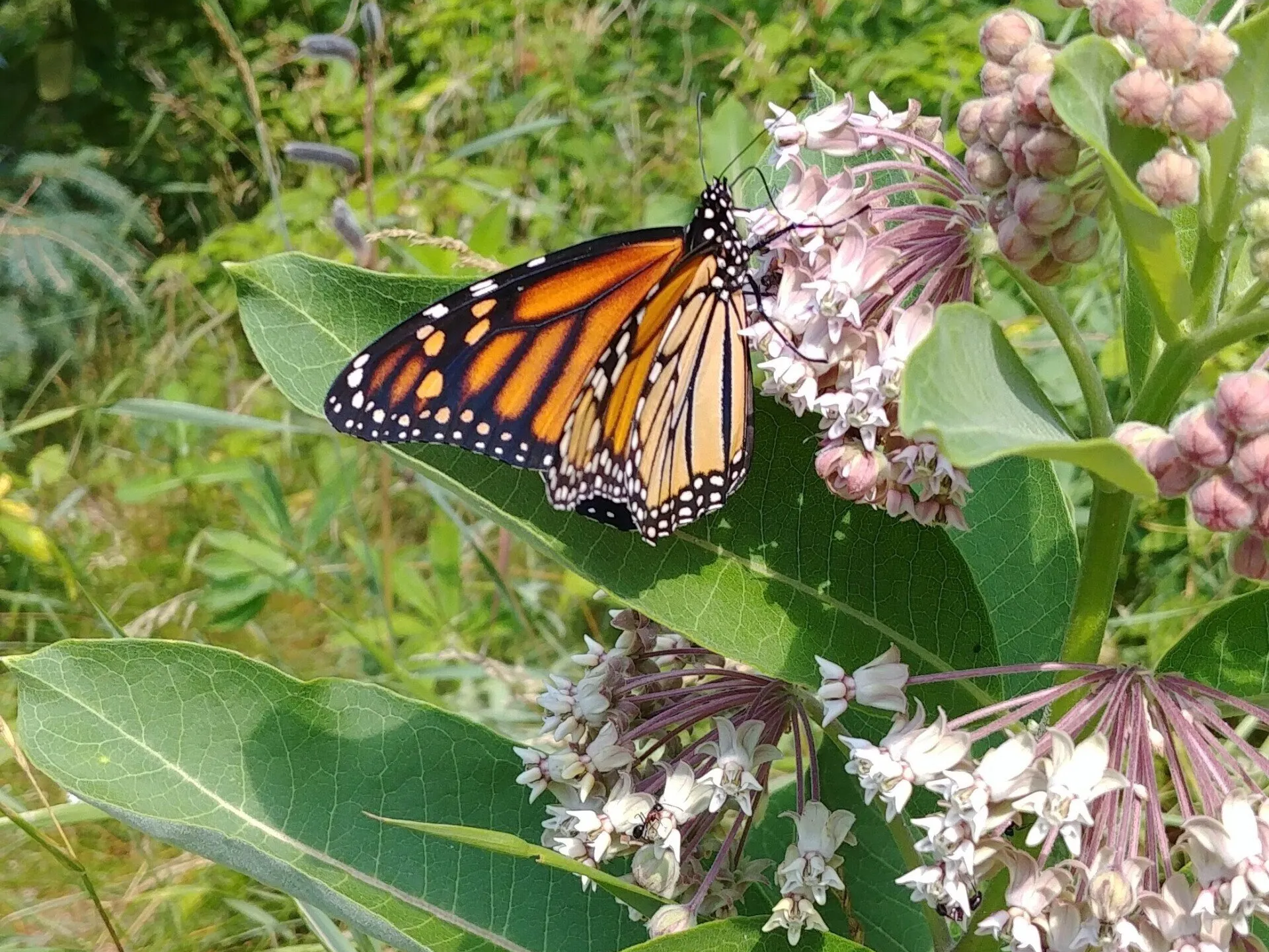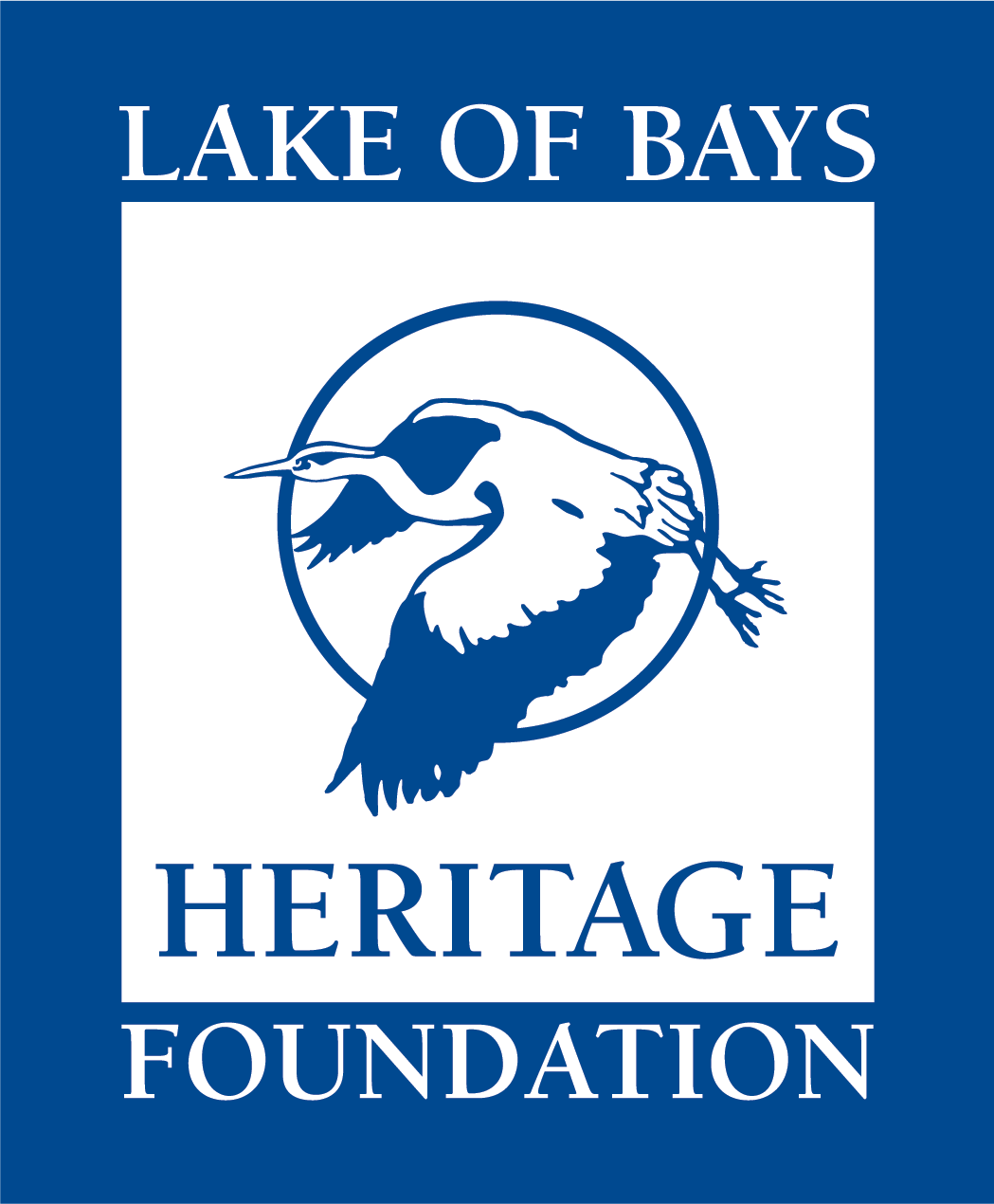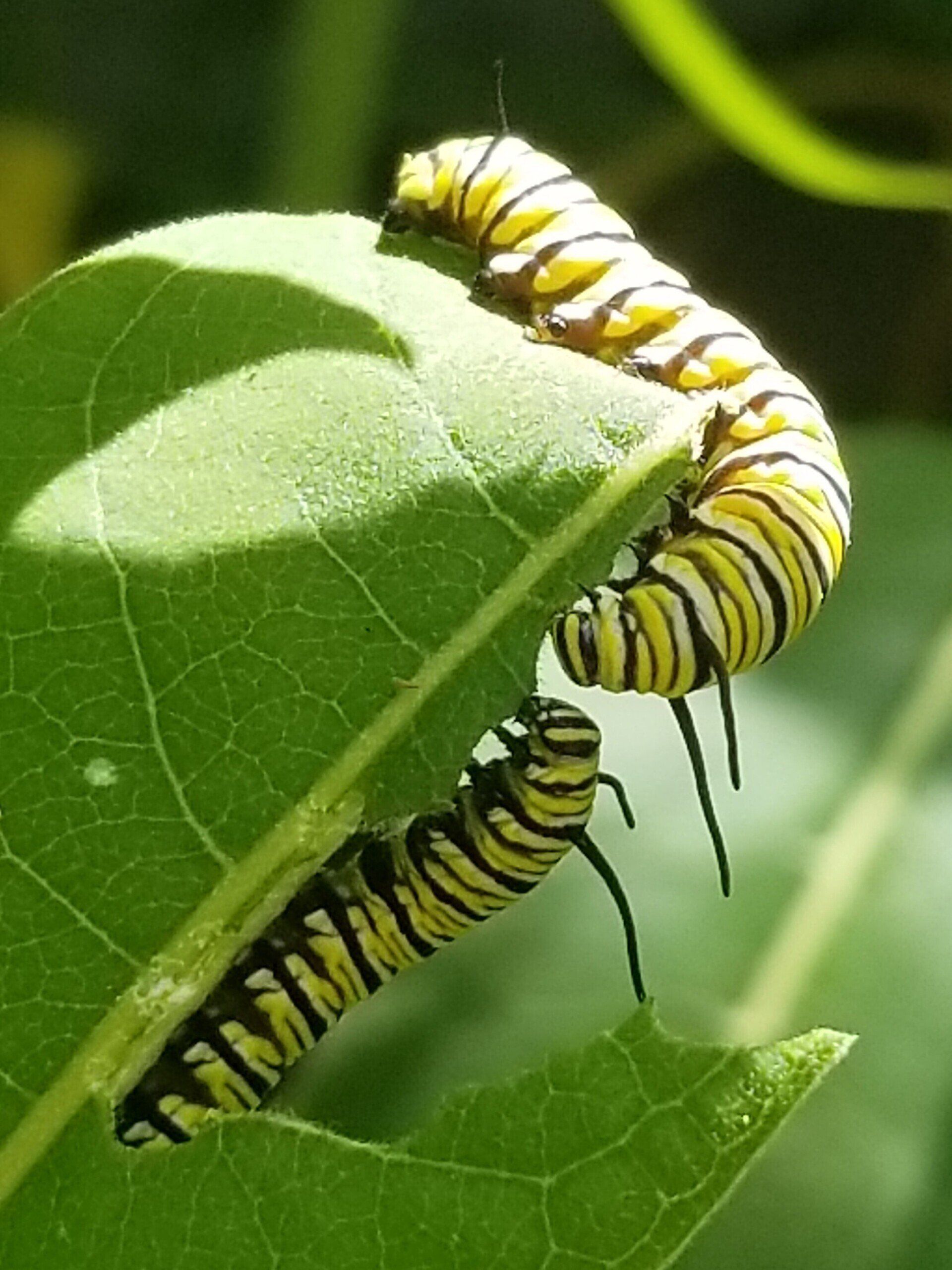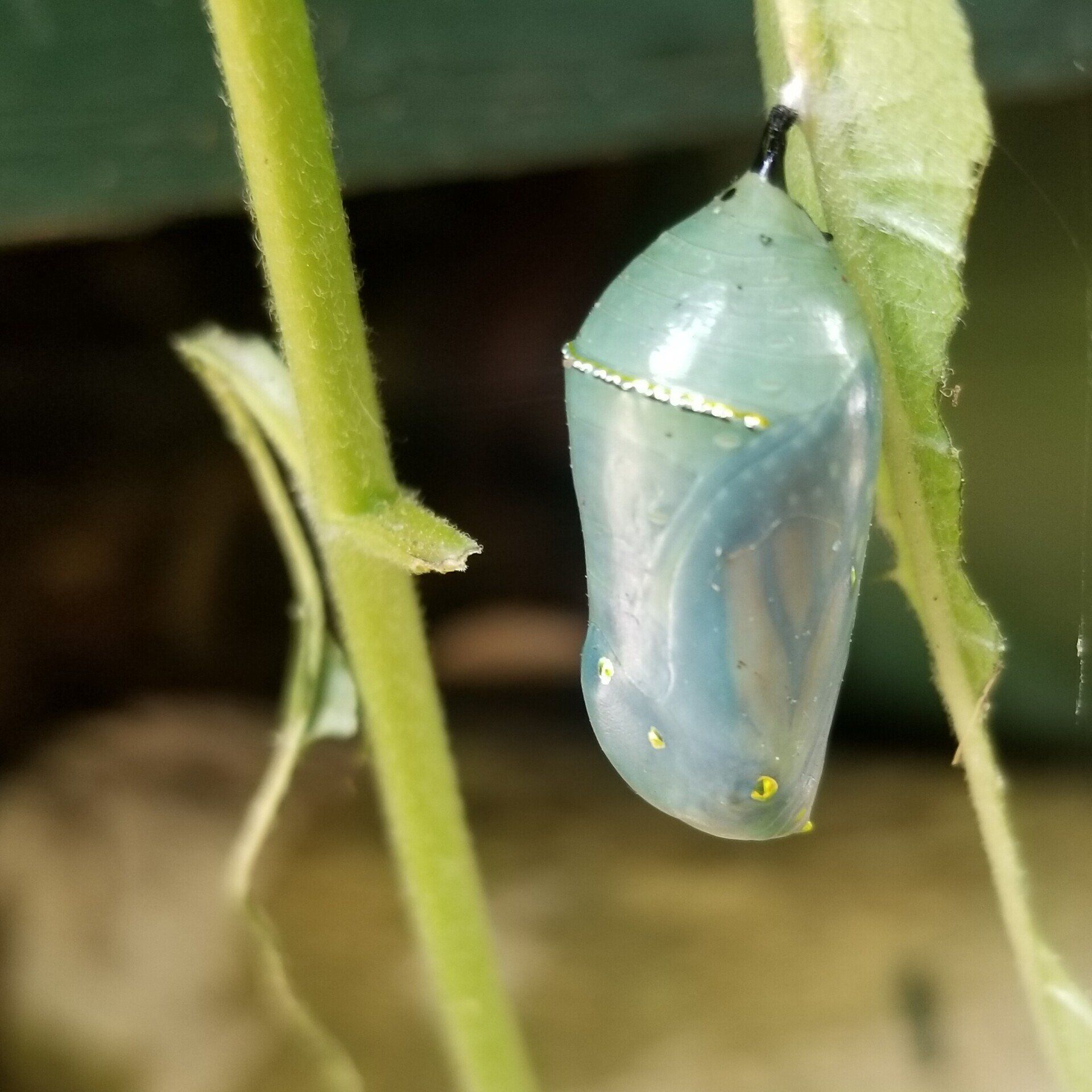What you can do to help Monarch butterflies survive

Of all the butterflies found in Ontario, the Monarch is by far the most recognizable and familiar. Perhaps you have witnessed the incredible transformations of a Monarch caterpillar turning into a chrysalis and emerging as an adult. Or know about the migratory behavior of the Monarch and its overwintering site in Mexico. And, sadly, perhaps you have seen reports of its recent population crash and concerns that the Monarch may become extinct. What we can do locally to help the Monarch?
The Monarch is among a handful of Ontario migratory butterfly species. Most butterfly species winter as an egg, caterpillar or pupa and transform into adults in the spring or summer. They may fly as an adult for only a few weeks, mate, lay eggs and die. The Monarch’s strategy is quite different.
Tens of thousands of adult Monarchs winter in Mexico every year. In the spring they start to migrate north. In March or April they mate, lay eggs on a milkweed plant and die. After several weeks of the caterpillars feeding on leaves of milkweed, they mature into butterflies, continue the journey north and repeat the cycle. By midsummer we begin to see the second or third generations of Monarchs in Ontario. When they arrive, they again mate and lay eggs to produce a generation of Monarchs that will do something vastly different. This last group of Monarchs, remarkably, make the journey all the way to Mexico, to a specific location in the mountains that they have never seen! This generation of Monarchs spends the winter in a semi-dormant state until the following spring, when it restarts the cycle. How do they know what to do and how to do it? How do they find the right wintering site in Mexico? This is one of the great mysteries of nature!
This survival story entails many challenges for the Monarch species. They must have the strength to fly hundreds of kilometers and avoid predation. Their Mexican wintering site in Mexico is under threat. They must survive spring storms in the southern United States that can kill them in the thousands. And the sole plant the Monarch caterpillar feeds on, milkweed, must be available for the laying of eggs. We can’t directly control most parts of this story, but one thing we can all do is provide the Monarch’s essential habitat: milkweed.
Unfortunately, many people see milkweed and other native flowers as “noxious weeds”. We sometimes feel that manicured non-native flower gardens are more aesthetically pleasing around our homes and cottages. But native plants are critical for insects and the ecosystems around our homes. What is it we can do to help Monarchs in our area? It’s simple - allow and encourage native plant species, including milkweed, to grow on and around our properties. Perhaps consider collecting milkweed seed pods in the fall or spring to plant around your property. You may also be able to purchase seeds from a local nursery that specializes in native species.
And if you do, perhaps later this season you will see the iconic Monarch floating around from plant to plant. Maybe you will find a chrysalis or two and witness the incredible metamorphosis of a caterpillar transforming into an adult. Later in September, when you see an adult Monarch, you may marvel at the journey it soon will make back to Mexico, knowing you had a small hand in the survival of this species.
By Rick Stronks, Foundation Director and local naturalist, April 2021
Photo credits: Kelly Stronks (Monarch butterfly on milkweed), Lori MacKay (Monarch caterpillar and chrysalis)


